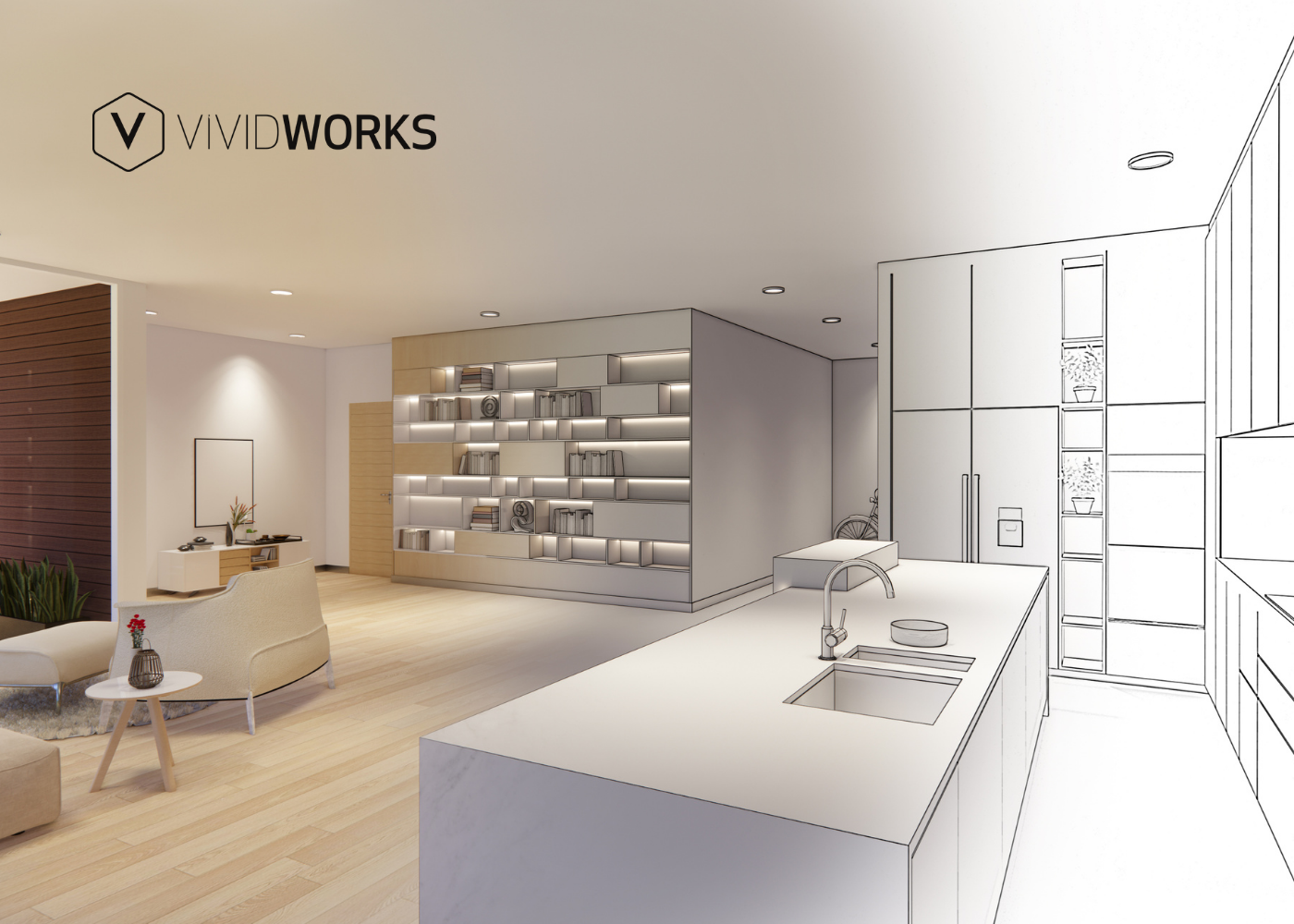In the realm of architecture and design, creativity plays a pivotal role in shaping innovative and awe-inspiring structures. The visualization of architectural projects is a crucial step in the design process, enabling architects and clients to comprehend and critique the proposed concepts effectively. In recent years, Artificial Intelligence (AI) has emerged as a transformative force in architecture, empowering professionals with new tools and techniques to push the boundaries of creativity and innovation.
This article explores the profound impact of AI on architectural visualization, elucidating how it revolutionizes the design process and fosters a culture of creativity. We delve into the ways AI streamlines the visualization process, enhances design iteration, and facilitates seamless collaboration between stakeholders. Moreover, the article examines the ethical considerations and challenges surrounding AI in architectural visualization. Ultimately, we argue that AI's integration in architectural visualization is an unparalleled boon for design innovation and creativity.
Introduction
The art of architectural visualization has evolved from traditional hand-drawn sketches to photorealistic 3D renderings, enabling architects to communicate their ideas effectively. However, as projects become more complex and expectations grow, the demand for quicker and more innovative visualization tools has increased. This is where AI steps in as a game-changer, revolutionizing the architectural visualization landscape.
AI-Driven Architectural Visualization Tools
Generative Design
Generative Design is an AI-driven technique that explores numerous design possibilities based on a set of parameters and constraints provided by the architect. By simulating various scenarios, AI can propose innovative solutions that humans might overlook. These generative AI utilize machine learning and computational power to generate designs that maximize functionality, aesthetics, and sustainability.
Style Transfer
Style transfer algorithms, popular in the field of AI art, can now be applied to architectural visualization. These algorithms can transform a simple 3D model into different artistic styles, allowing architects to experiment with various design languages. This flexibility enables designers to quickly explore multiple creative visions, fostering a culture of experimentation and pushing the boundaries of traditional architectural aesthetics.
Real-time Rendering
AI-powered real-time rendering engines use machine learning algorithms to enhance the efficiency and quality of rendering processes. These engines can generate photorealistic visualizations at a fraction of the time it would take using conventional rendering techniques. By reducing the waiting time, architects can iterate designs more rapidly, leading to faster decision-making and innovation.
Virtual Reality (VR) and Augmented Reality (AR)
AI-driven VR and AR technologies revolutionize architectural visualization by immersing clients and stakeholders into virtual environments. Architects can walk clients through their designs, providing an interactive experience that fosters a deeper understanding and emotional connection to the project. This heightened level of engagement encourages collaboration and feedback, driving the innovation process further.
Enhancing Design Iteration and Creativity
Rapid Prototyping
AI-driven architectural visualization tools enable architects to create rapid prototypes, allowing them to explore multiple design iterations quickly. The ability to visualize ideas instantaneously accelerates the creative process, encouraging designers to experiment with bolder, more innovative concepts.
Breaking Design Barriers
AI business ideas offers a fresh perspective on architectural design by breaking traditional design barriers. By analyzing vast datasets of historical and contemporary architectural styles, AI can identify patterns and commonalities, inspiring novel approaches to design. This cross-pollination of ideas encourages architects to think beyond conventional norms, fostering a culture of creativity and innovation.
Data-Driven Decision Making
The integration of AI into architectural visualization facilitates data-driven decision-making. By analyzing various design factors, such as energy efficiency, material usage, and cost, AI can recommend optimal design choices. Architects can then make informed decisions, balancing creativity with practicality, and creating more sustainable and functional structures.
Facilitating Collaboration and Communication
Multidisciplinary Collaboration
Architectural projects often involve collaboration between various stakeholders, including architects, engineers, interior designers, and clients. AI-driven visualization tools offer a common platform where these professionals can communicate effectively and visualize the design intent from different perspectives. This enhanced collaboration ensures that all parties are aligned with the vision, leading to more successful and innovative projects.
Client Engagement
Clients typically find it challenging to comprehend complex architectural plans and 2D drawings fully. AI-powered VR and AR technologies overcome this hurdle by providing immersive experiences. Clients can virtually walk through the proposed building, experiencing its spatial qualities and design elements. This immersive engagement fosters a sense of ownership and connection to the project, encouraging clients to become active collaborators in the design process.
Ethical Considerations and Challenges
Intellectual Property and Data Privacy
As AI becomes more integrated into architectural visualization, concerns regarding intellectual property and data privacy arise. AI algorithms learn from vast datasets, including architectural works and designs. Protecting the intellectual property of architects and design firms becomes essential to maintain the integrity of the profession.
Bias in AI Algorithms
AI algorithms are trained on existing data, which may contain inherent biases. These biases can influence the generated designs, potentially leading to discriminatory or exclusionary outcomes. Architects must be vigilant in recognizing and rectifying any biases to ensure their creations uphold ethical and inclusive principles.
Human vs. AI Creativity
While AI augments architectural creativity, there are concerns about its potential to replace human creativity. Architects need to strike a balance between leveraging AI as a tool and preserving their artistic vision and unique design philosophies.
Conclusion
AI has undeniably unleashed creativity in architectural visualization, empowering architects to push the boundaries of design innovation. Through generative design, style transfer, real-time rendering, and VR/AR technologies, architects can iterate designs faster, experiment with bolder ideas, and engage clients in more meaningful ways. Nonetheless, ethical considerations and challenges must be addressed to ensure AI's integration in architectural visualization remains ethically sound and fosters a culture of inclusive creativity. By embracing AI as a powerful tool, architects can unleash their creativity and create a future of groundbreaking design innovation.
Table of Content
-3.avif)
Streamline your process today!







